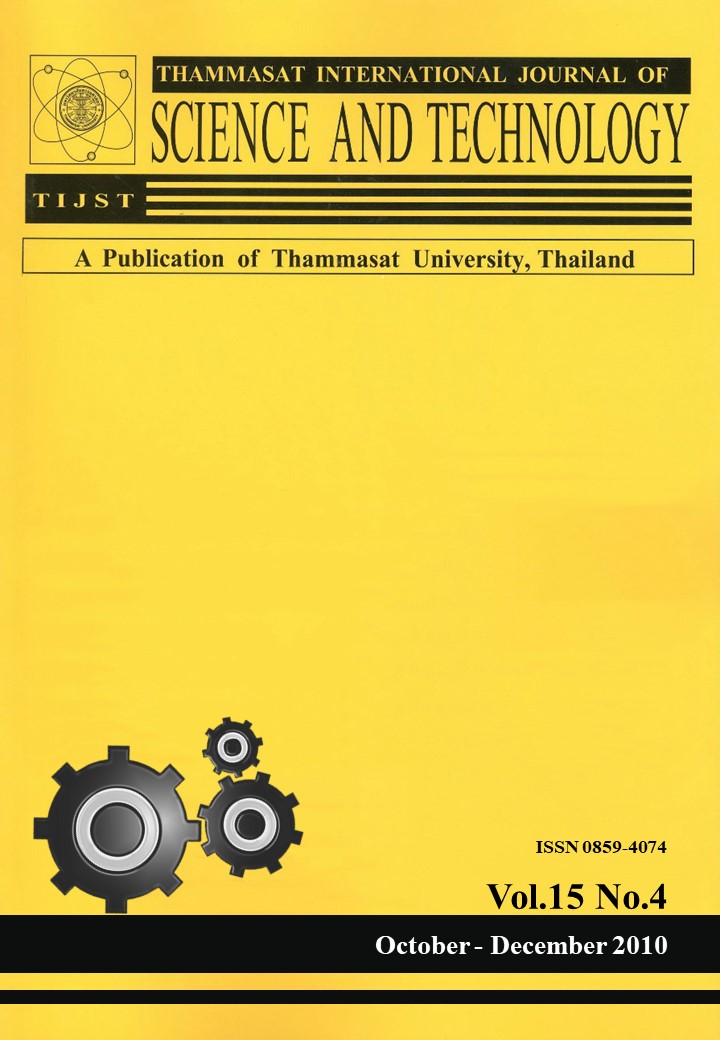Study of NGS Pellet Ablation Rate in ITER Based on Two Different Pellet Ablation Rate Models Using 1.5D BALDUR Code
Main Article Content
Abstract
This research aims to study the pellet ablation rate, the pellet penetration, and the behavior of plasma during pellet injection in ITER using 1.5D BALDUR integrated predictive modeling code based on the Neutral Gas Shielding (NGS) pellet ablation rate concept. For this steady transonic-flow pellet ablation model, several extensions and modifications have been made over the years. For the development by P.B. Parks and R.J. Tumbull [Parks P.B. and Turnbull R.J., Phys. Fluids Vol. 21, pp.1735,1978], the actual Maxwellian distribution function of the incident plasma electrons is approximated by an equivalent monoenergetic distribution having the same heat flux and particle density. This model uses an equivalent spherically symmetric or isotropic heat source to approximate the electronic energy deposition. However, the incident plasma electrons are constrained to follow the straight magnetic field lines in tight helices, so that spherical symmetry is broken. The pellet ablation therefore involves at least a 2D geometry and a 1D geometry, used in the construction of the isotropic heating approximation for both the monoenergetic and spherically symmetric approximations, and are partially removed by B.V. Kuteev [Kuteev, B.V., Nuclear Fusion Vol. 35, pp.431,1995], who uses the actual Maxwellian distribution for the incident electrons, and attempted to account for the heating asymmetry imposed by the magnetic field. Park’s model is well supported by experimentally measured pellets. In this work, the two development pellet ablation models, based on the NGS concept are implemented in BALDUR code to study the behavior of pellets during injection into the hot plasma. The result shows that the plasma temperature Te decreased after pellet injection due to the low temperature of pellets and the plasma density ne increased due to mass of pellets. The shapes of ablation rate profiles are quite different. The ablation rate given by the Kuteev model is approximately two times higher than the Park model, and declines steeply during the final stage. The areas covered by the two ablation rate curves are strictly the same. This corresponds to the fact that the total particle number conservation should be kept no matter what ablation model is used in the calculations, for the same pellet and the same plasma.


